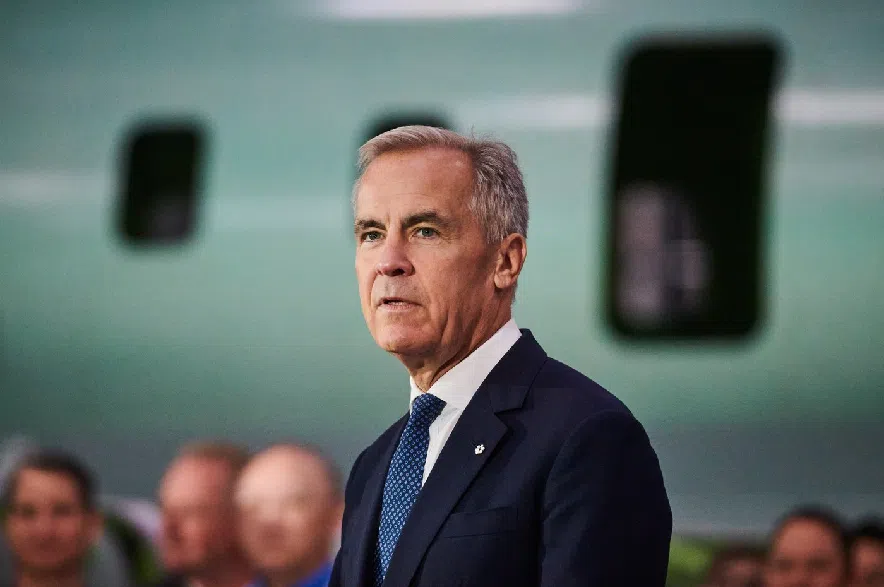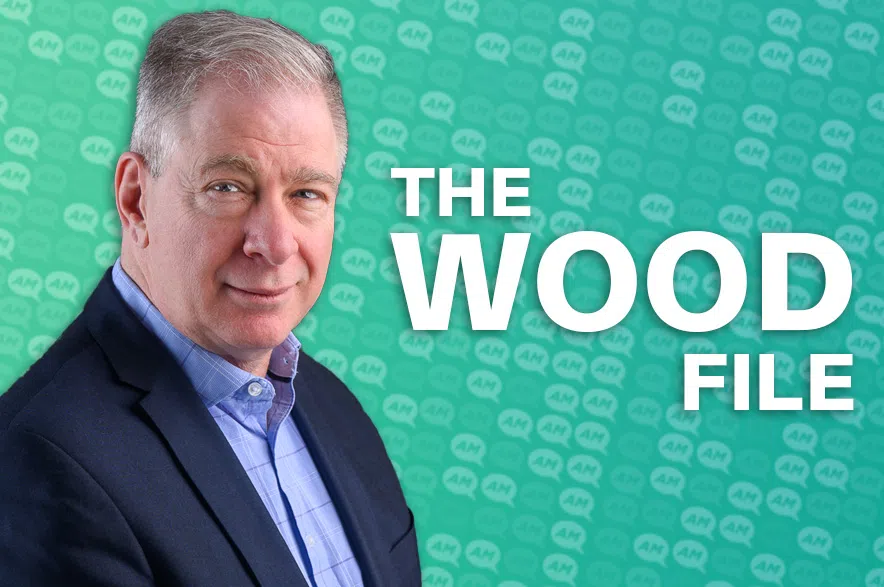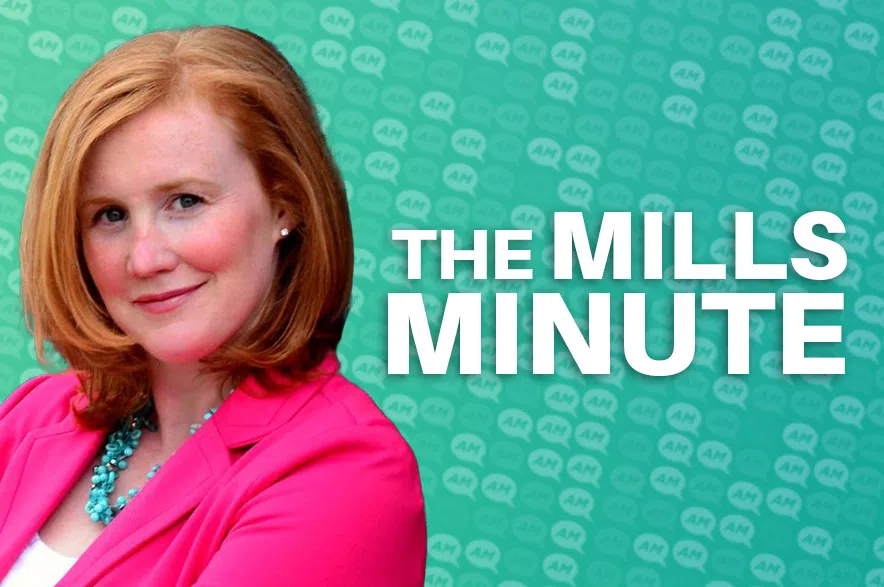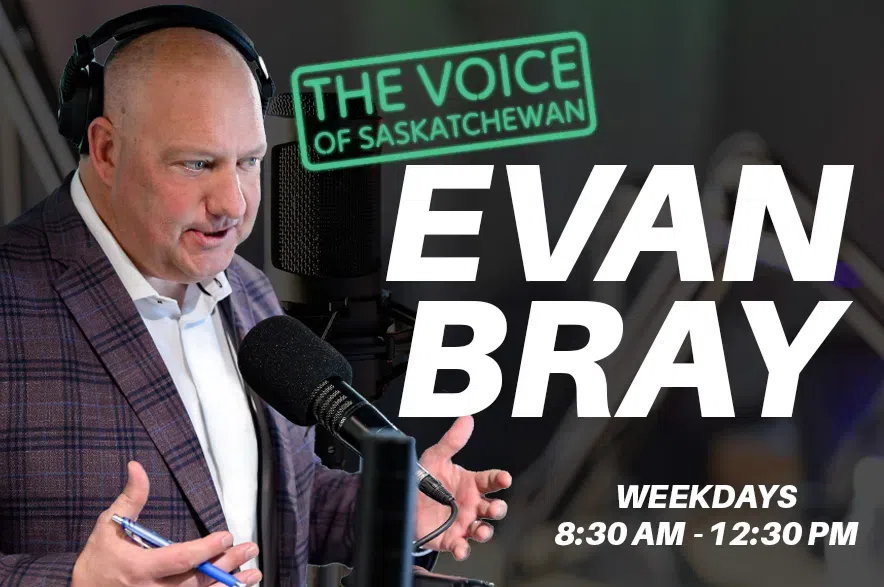OTTAWA — Fiscal experts say Ottawa will have to be transparent with Canadians in the upcoming fall budget to justify a seismic shift in spending away from government programs and toward defence and infrastructure.
The federal Liberals are expected to table the annual budget sometime this fall, possibly as early as next month, after forgoing the traditional spring budget.
Read more:
- Carney government noncommittal about Canada meeting 2030 climate goals
- Carney pledges $370M in incentives for canola sector
- Carney delays electric vehicle sales mandate by one year, launches review
Prime Minister Mark Carney’s government announced a series of spending measures in the truncated spring session of Parliament, including a one-percentage point income tax cut and plans to ramp up military investment to meet NATO member pledges in this and future years.
His government framed its Bill C-5, legislation meant to speed up approval of major projects, as a response to Canada’s fracturing relationship with the United States and the need to shore up the domestic economy in the face of U.S. tariffs.
Sahir Khan, vice-president of the Institute of Fiscal Studies and Democracy at the University of Ottawa, said the fall budget will offer Canadians their first look at how the trade war has affected the federal government’s outlook for the economy and its own revenue.
He said it’s also a chance for Carney to explain to Canadians that reorienting Canada’s economy away from the United States will come at a cost.
Bolstering supply chains, diversifying into global markets and developing resources to build an economy that can function independently of the United States is not a cheap endeavour, Khan argued.
“There’s a cost to sovereignty,” he said.
“At the end of the day, the prime minister is going to have to explain … the cost of being independent as a country in that context. And it’s not free.”
Many observers expect the budget to reveal that Canada’s federal deficit ballooned for this fiscal year since Ottawa’s last update in late 2024, which pegged the deficit for 2025-26 at $42.2 billion.
The Liberals’ spring election platform promised additional investments that would deepen this year’s deficit to around $62 billion.
But that fiscal plan also penciled in $20 billion in revenues this year from counter-tariffs on the United States — retaliatory measures that have now been largely dropped outside of a few key sectors.
Randall Bartlett, deputy chief economist at Desjardins, said he’s expecting total tariff revenues to come in sharply lower than the Liberal campaign platform predicted.
That, combined with the personal income tax cut taking effect July 1 and a rollback of the expanded capital gains inclusion rate, will drag down Ottawa’s tax revenues, he said.
“We could see the deficit top $70 billion in the current fiscal year … substantially larger than what was projected back in December of last year,” Bartlett said.
Alexandre Laurin, vice-president and director of research at the C.D. Howe Institute, said he is expecting annual deficits to come in above $60 billion for the next few years as the government puts forward plans to invest aggressively in infrastructure and defence.
“I’m thinking that the message is going to be, ‘Yes, we have very sizable deficits, but that those deficits are driven by productive investment,'” he said.
Carney himself has touted the upcoming budget as both an austerity plan and one that will ramp up investments to strengthen the economy.
Finance Minister François-Philippe Champagne said last week the government’s plan to trim program spending in most departments by 15 per cent over three years might come with “adjustments” to the size of the public service.
A C.D. Howe analysis from mid-August argued that the government’s spending review would not go far enough. The think tank projected savings of $22 billion by 2028-29 — less than half the sum C.D. Howe expects would be needed to put federal finances on a “fair and prudent path.”
Carney has pitched his approach as “spend less” and “invest more” — an ethos reflected in stated plans to split the government’s budget into capital and operations spending, and to balance the latter in three years.
Laurin said there are no formal accounting principles for this separation and he has concerns about how the government will define these spending silos.
What counts as a productive investment could ultimately be “arbitrary,” he said.
“It’s too fuzzy. It’s not helpful, in terms of a target.”
Khan likened the split between capital and operations spending to the gender analysis imposed on government documents under former prime minister Justin Trudeau’s government.
“It’s a different cut. It’s different way to look at how revenues and spending impact a particular stakeholder group. And in this case, this government is trying to emphasize generating a return from its spending,” he said.
This will be critical if the federal government needs to borrow to finance its infrastructure initiatives. You don’t borrow money for program spending, Khan said — you borrow for investments where you expect a return.
The new approach likely will help to reorient Ottawa’s spending priorities toward a capital agenda and away from the social programs that were a hallmark of the Trudeau government, he said.
Experts who spoke to The Canadian Press said they don’t expect the accounting changes in the budget to spook credit rating agencies, which will instead look to the public accounts records for signs that the federal government is on a fiscally sustainable track.
“Budgets are political documents. They’re not audited financial statements,” Bartlett said.
Like Laurin, Bartlett said he’d like to see the government postpone some of the smaller measures included in the Liberals’ spring platform until it has demonstrated it’s in a more fiscally sustainable position.
This budget will be Carney’s first, and Champagne’s first as finance minister.
Bartlett said he’ll be looking for a “fair bit of rigour” in the Carney government’s first budget, given the prime minister’s own experience working in the Department of Finance before embarking on a political career.
“I think Canadians and parliamentarians deserve as much transparency as the government is able to give them,” he said.
This report by The Canadian Press was first published Sept. 10, 2025.
Craig Lord, The Canadian Press











